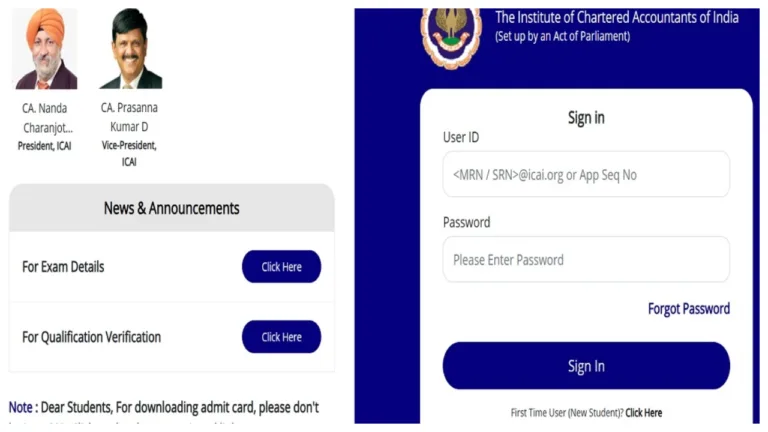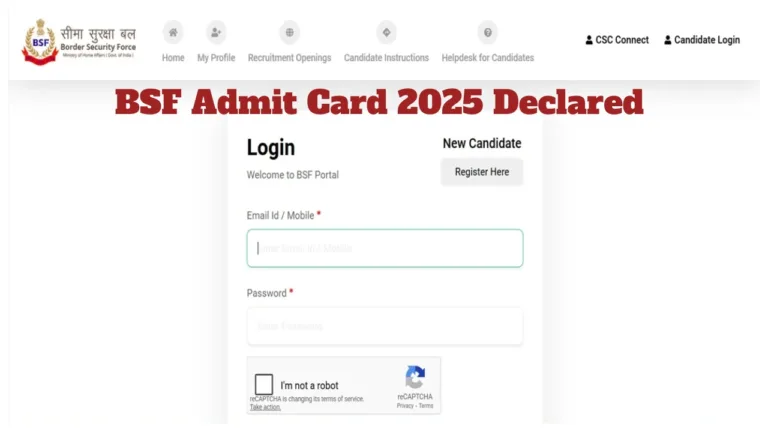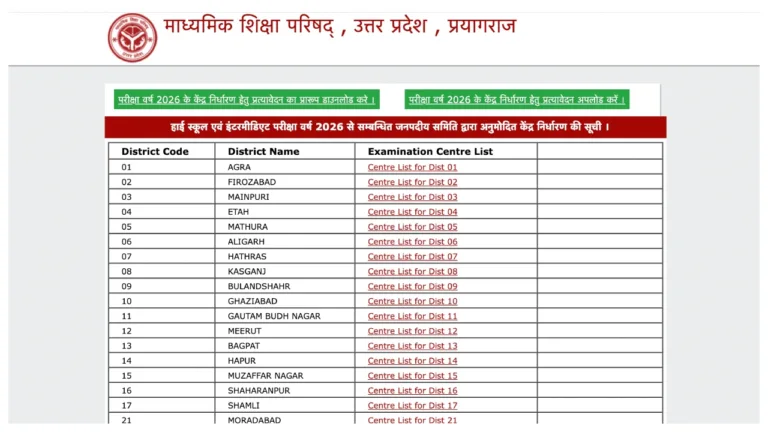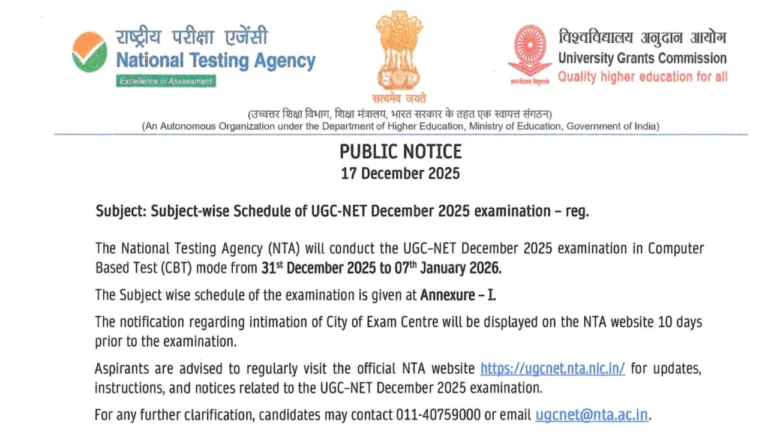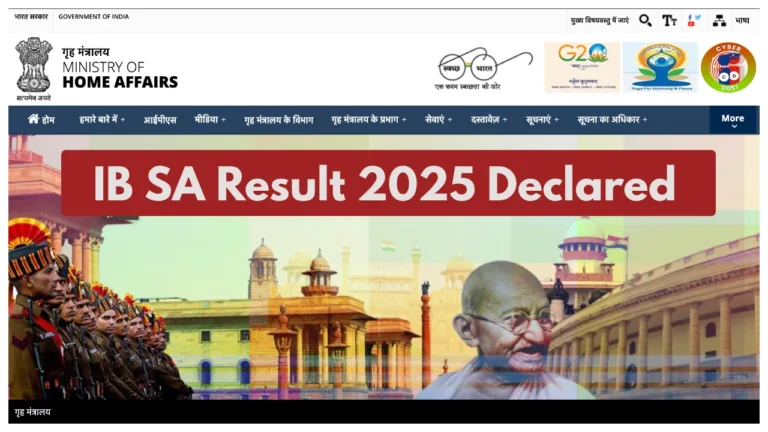ITR-1 Form- If you are are taxpayers, also salaried person, then this article is for you. Income Tax Department has made changes so many rules in ITR -1 Form. Yes you’ve heard it right. The Income Tax Department has released the Income Tax Return (ITR) forms for the financial year 2024-25 (assessment year 2025-26). That is, now you can give the account of your income and tax between 1 April 2024 to 31 March 2025 by filing income tax return.
Like last year, this time also the government has notified seven ITR forms. In this article we will discuss the ITR-1 form, also known as ‘Sahaj’ form, and understand who can fill it and who cannot.
What is ITR-1 (Sahaj Form)?
ITR-1 is a simple, one-page form. It is specially designed for salaried persons, pensioners and individuals earning limited income such as interest. If your annual total income is Rs 50 lakh or less, you can fill this form.
Who can file ITR-1?
You can file ITR-1 if you have income from the following sources:
- Salary or pension from one or more employers
- Rent or personal use from the same house (and no house property loss carry forward)
- Interest received from bank/FD/post office
- Long term capital gains up to Rs 1.25 lakh from equity shares or mutual funds under section 112A (and no loss carry forward)
- If the income of your spouse or minor children falls within these limits, you can show their income by adding it to your income
- Keep in mind: It is necessary to link Aadhaar with PAN, without it the ITR will not be valid.
Who cannot file ITR-1?
- Your total income is more than Rs 50 lakh
- You are a director of a company or you have unlisted shares
- You are an NRI or RNOR (Residents Not Ordinarily Resident)
- Or your income comes from these sources:
two or more houses - Lottery, horse racing, betting etc
- Capital gain or loss exceeding Rs 1.25 lakh
- Agricultural income of more than Rs 5,000
- Business or Freelance Profession
- Property or bank account abroad
- Deferred Tax on ESOP
- Income from crypto or virtual digital assets
- TDS is deducted under section 194N
What are the changes in ITR-1 (AY 2025-26) this year?
Relaxation in reporting long term capital gains: Now LTCG up to Rs 1.25 lakh can also be shown in ITR-1, earlier ITR-2 was mandatory. Deduction interface update: Now there is a dropdown menu to choose exemptions from 80C to 80U
- Foreign Retirement Account: New section added under section 89A
- Aadhaar Enrolment ID removed: Only valid 12-digit Aadhaar will be valid now
- New column in TDS details: Now it will be necessary to tell under which section TDS has been deducted
- What is the structure of ITR-1 form?
- Part A – General information (name, PAN, address, Aadhaar)
- Part B – Total Gross Income (Salary, House Property, Other Sources)
- Part C – Exemptions and Taxable Income
- Part D – Calculation of Tax
- Part E – Bank details and other information
- Schedule IT – Advance Tax/Self-Assessment Tax
- Schedule TDS – Details of TDS and TCS
- Verification Section
How to file ITR-1 online? (Step-by-Step Guide)
Visit the Income Tax e-filing portal
- Login or create a new account
- Go to e-File > Income Tax Returns > File Income Tax Return
- Select AY 2025-26 and Filing Mode ‘Online’
- Click on ‘Start New Filing’
- Select Status – Individual or HUF
- Select ITR-1 form
- Click on ‘Let’s Get Started’
- Select the reason for filing – like ‘Original’ or ‘Revised Return
- After filling the form, check all the details carefully, do the validation, and finally do e-verification – OTP or Aadhaar based. If your annual income is less than Rs 50 lakh and falls under the rules mentioned above, then ITR-1 (Sahaj) is the simplest and most suitable form for you. File your returns on time with the correct information to avoid any hassle.






